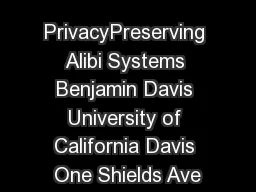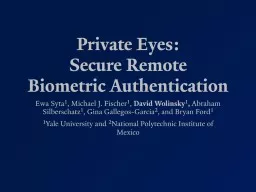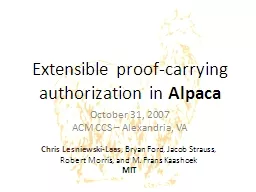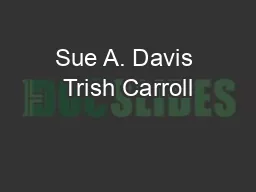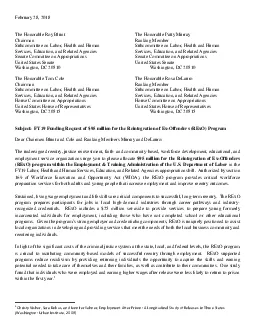PPT-Honorable Peggy Davis
Author : cheryl-pisano | Published Date : 2015-12-07
Roles and Boundaries of Specialty Court Supervision Objectives Examine the roles and duties of each specialty court team member Develop an understanding of the
Presentation Embed Code
Download Presentation
Download Presentation The PPT/PDF document "Honorable Peggy Davis" is the property of its rightful owner. Permission is granted to download and print the materials on this website for personal, non-commercial use only, and to display it on your personal computer provided you do not modify the materials and that you retain all copyright notices contained in the materials. By downloading content from our website, you accept the terms of this agreement.
Honorable Peggy Davis: Transcript
Download Rules Of Document
"Honorable Peggy Davis"The content belongs to its owner. You may download and print it for personal use, without modification, and keep all copyright notices. By downloading, you agree to these terms.
Related Documents


